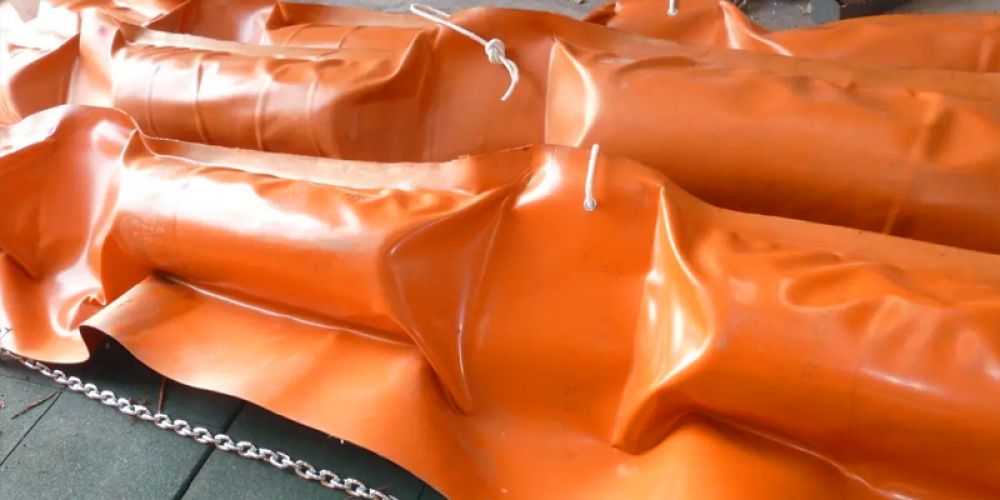
1. Oil Resistance
As the primary function of oil booms is to prevent oil spill dispersion, the edge sealing material must exhibit excellent oil resistance. PVC (Polyvinyl Chloride) is commonly selected for oil boom edge sealing due to its outstanding oil-resistant properties.
2. Seawater and Aging Resistance
Since oil booms are typically deployed in marine environments, the edge sealing material must withstand seawater corrosion and aging. PVC also demonstrates superior resistance to seawater and aging.
3. Strength and Flexibility
The edge sealing material must possess sufficient strength and flexibility to withstand external forces such as waves, vessel collisions, and mechanical stress. PVC offers high strength and flexibility, meeting these operational demands.
4. Environmental Sustainability
Environmental considerations are essential in material selection. PVC, as a widely used plastic material, is relatively easy to recycle and reuse, aligning with environmental sustainability requirements.
5. Tensile Strength
The PVC-coated fabric used in oil booms features non-delaminating and crack-resistant properties. The primary material consists of oil-resistant, abrasion-resistant, weather-resistant, UV-resistant, and seawater-resistant PVC fabric. Additionally, the minimum total tensile strength requirement for the PVC-coated fabric in oil booms reaches 33,000 N.